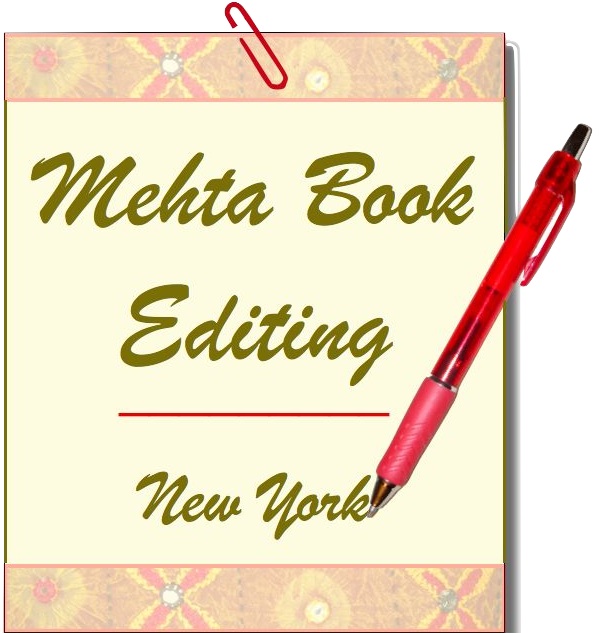The New Adult Category: Where Did It Go?
/Note: This article originally published in The Hot Sheet on March 27.2024. This is an excerpt, but if you’d like to read the full article (about 1700 words), please click here.
Fifteen years ago, when St. Martin’s Press first coined the term new adult, the young adult (YA) boom was at its peak. Eager to cater to the readers aging out of the Twilight and Hunger Games series, publishers embraced the idea of new adult books, while some expressed skepticism.
Flash forward five years, to 2014, and new adult was deemed a full-on phenomenon by Publishers Weekly. That year alone, over 100 new adult book deals—with authors including Jennifer Armentrout, Colleen Hoover, Christina Lauren, and Rebecca Yarros—were reported to Publishers Marketplace.
But almost as quickly as interest rose, it seemed to decline. In 2015, just 45 deals for new adult fiction were brokered, per Publishers Marketplace deal reports; in 2016, this number dropped to 17; in 2020, it was down to just one. Dedicated new adult imprints launched by publishers were shuttered or merged with other lines. The writing community wondered on social media if the genre still existed.
Since last year, however, new adult has appeared to experience a resurgence, at least in traditional publishing. The ongoing success of Colleen Hoover, whose novels straddle categories including new adult and YA, and the more recent frenzy over Rebecca Yarros, published by new adult imprint Red Tower Books at Entangled Publishing, beg the question: Is new adult making a comeback?
What is new adult in the first place? “A new adult book is an adult book with a YA voice,” says Liz Pelletier, CEO and publisher of Entangled. “It serves a transitioning market that is wanting subject matter more adult but still enjoys reading YA.”…

